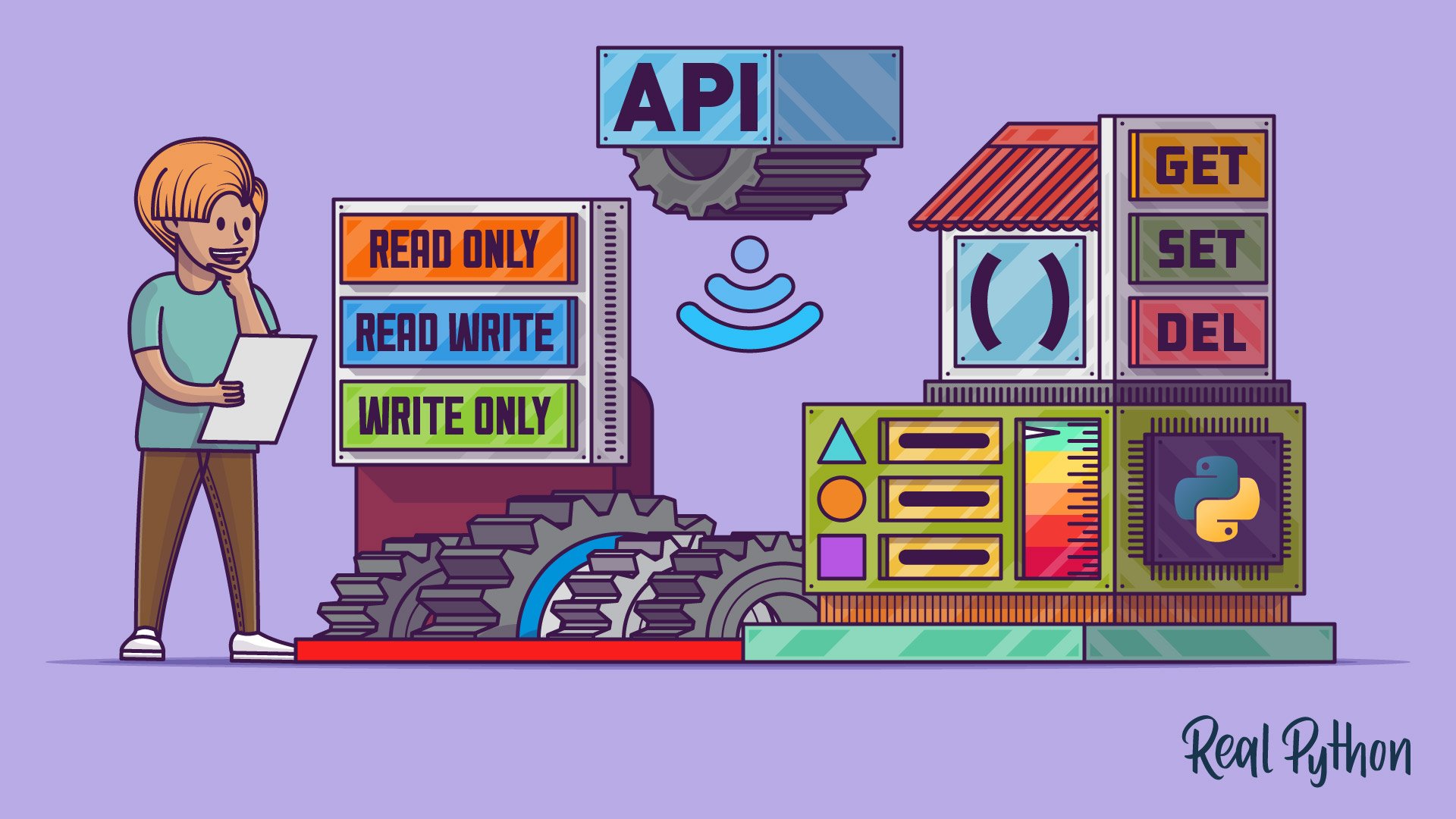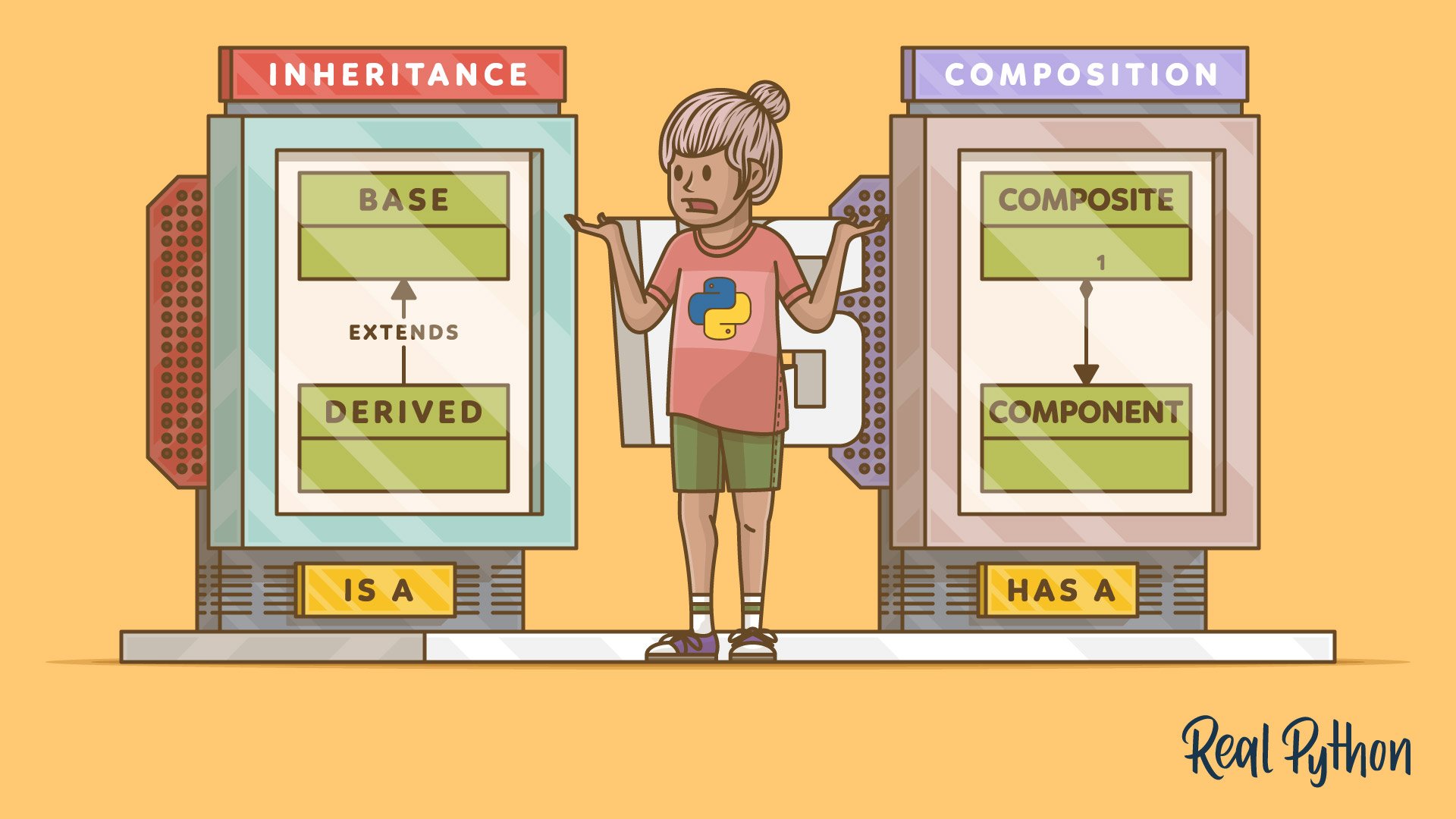With Python’s property(), you can create managed attributes in your classes. You can use managed attributes, also known as properties, when you need to modify their internal implementation without changing the public API of the class. Providing stable APIs can help you avoid breaking your users’ code when they rely on your classes and objects.
Properties are arguably the most popular way to create managed attributes quickly and in the purest Pythonic style.
In this video course, you’ll learn how to:
- Create managed attributes or properties in your classes
- Perform lazy attribute evaluation and provide computed attributes
- Avoid setter and getter methods to make your classes more Pythonic
- Create read-only, read-write, and write-only properties
- Create consistent and backwards-compatible APIs for your classes
What’s Included:
- 18 Lessons
- Video Subtitles and Full Transcripts
- 2 Downloadable Resources
- Accompanying Text-Based Tutorial
- Interactive Quiz to Check Your Progress
- Q&A With Python Experts: Ask a Question
- Certificate of Completion
Downloadable Resources:
Related Learning Paths:















